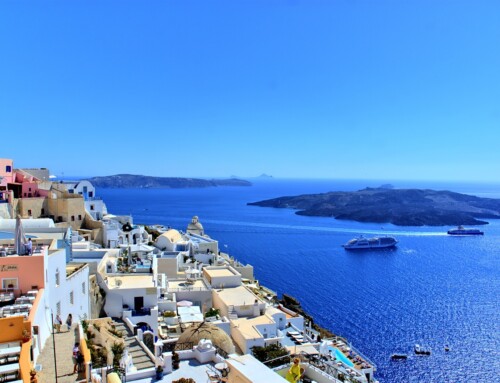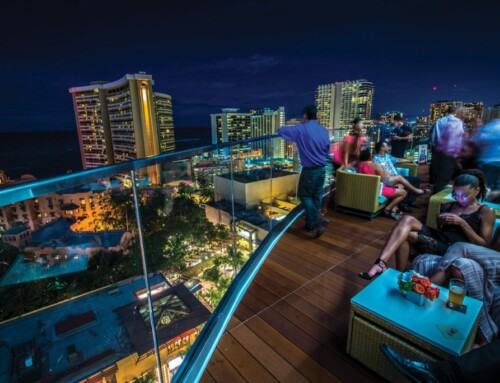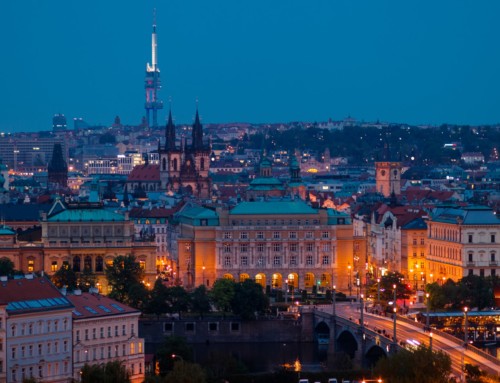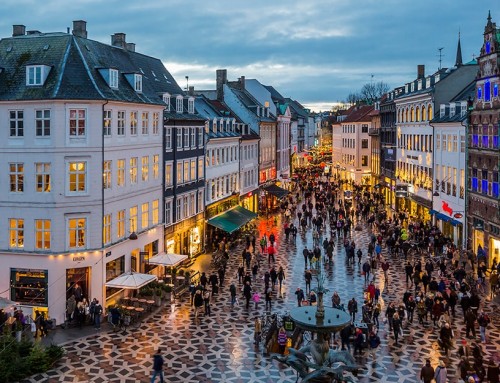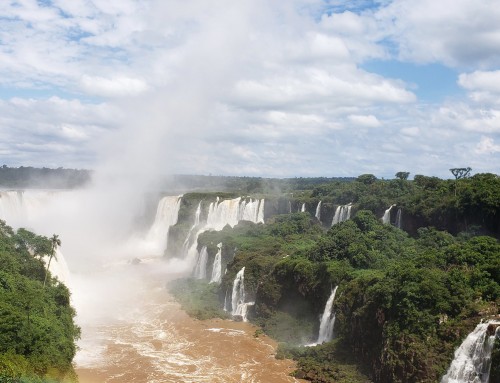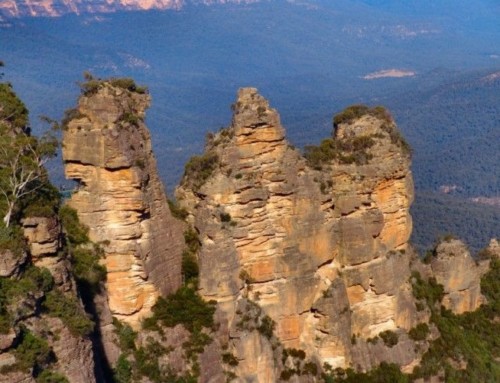Bhutan is in South Asia. It lies at the eastern end of the mighty Himalayas. Thimphu is the capital of Bhutan. To the south, east and west it is bordered by India. In a global survey in 2006, the Business Week rated Bhutan as the happiest country in Asia.
The landscape of Bhutan is subtropical in its plains and sub-alpine in the Himalayas. To the north of Bhutan, some of the Himalayan peaks exceed 23,000 feet in height. Buddhism is the state region religion. Bhutan is the member of the United Nations.
Bhutan has steep and high mountains and swift flowing rivers. The Black Mountains are 4,900 to 16,158 feet above sea level. In the lower mountain areas are deep gorges. The climate in Bhutan is subtropical in the south, temperate in the central highlands and polar in the north which has year round snow. Bhutan has four seasons summer, monsoon, autumn, winter and spring. The summers are hot and humid, whereas it has cool winters.
The tiny kingdom of Bhutan called “The Last Shangrila” attracts tourists with its natural beauty, pristine environment and friendly people. Bhutan is the size of Switzerland. The tourists here explore a tradition and culture that has been preserved for centuries.
Sightseeing
Thimphu
This is the largest city in Bhutan. It lies in the western central part of Bhutan. Thimphu is a political and economic center of Bhutan. Tsechu festival is an important festival celebrated in autumn. The winters in Thimphu are very cold while the summer are hot and humid.
The clock tower area is in the center of Thimphu which has now turned into a well laid out park. There is also an open air theater. The tourists can enjoy live cultural performances. There are a number of monasteries in Thimphu. The tourists can also visit The National Folk Heritage Museum. You will see exhibits showcasing the rural life. The botanical gardens are on a lush green hill 10km from Thimphu. The Coronation Park is by the side of a river where you can relax and unwind yourself. From Thimphu, you can buy handicrafts, woven goods, thangkas, carpets, etc. Restaurants in Thimphu serve food only between 9pm and 9:30pm. You can stay at a mid-range or budget hotel in Thimphu. From Thimphu starts your visit to the many attractions of Bhutan.
Jigme Dorji National Park
The national park is a protected area in Bhutan. It covers 4,349 square kilometers. In the Eastern Himalaya region, it is the most biologically rich area. As you move upwards, you see the warm pretty stretches of forests to permanent ice fields and reflecting glaciers on the northern border of Bhutan. The prominent landmarks of this park are some of its sacred peaks. Bhutan’s rivers are fed by glaciers, and glacial lakes found within the periphery of the national park. Some popular trekking routes are found within the park.
Jo molhari Loop Trek
In Bhutan, this is the shortest trek route and so also a popular one. The trekker feels a thrill pass down his spine trekking through altitude differences while viewing and clicking the wonderful landscape, flora and fauna. You get an awesome view of the magnificent Mount Jomolhari.
The other trek routes are Jomolhari Laya Gasa which is considered the most scenic trek. Snow man Treks one and two are at high altitudes of the Bhutanese Himalayas. A seasoned tough trekker can take and make this trek.
There are many other treks in Bhutan. The trekker can make prior inquiry and then decide upon the trekking route.
Paro
The quaint little Paro valley will touch your heart. Paro town is dotted with traditional-style houses. The valley of Paro from Paro Chhu and the Wang Chhu River confluence up to Mt. Jomolhari. The Tibetan border lies to the north. This valley is covered with rice fields. It has a River going down the valley.
Paro is situated on a flat valley and follows a grid-like pattern. Visitors like to spend days in Paro. It has over 155 temples and monasteries, some are dating back to the 14th century. You will find in Paro the Taktsang Monastery, the Tigers Nest considered as Bhutan’s most iconic landmark. This temple is on a cliff surrounded by forests of oak and rhododendrons.
Wangdue Phodrang
The valley of Phobjikha is the habitat of rare and endangered Black Necked Cranes. They are migratory birds that roost here in the valley. Phodrang is the largest district in the country of Bhutan. The climate here varies from sub-tropical in the south to cool snowy regions in the north. The tourists can visit a number of ancient Buddhist temples. A large number of animals and rare birds are found in the forests.
National Museum of Bhutan
This museum is in Paro in western Bhutan. It was established in the year 1968. The museum has Bhutanese art depicting Bhutan’s cultural heritage. It is a blend of the past and present. It attracts both locals and tourists. The museum is designed keeping in mind connoisseurs, scholars, students and tourists. The Bhutanese people’s culture and well-being are served by this museum. The museum consists of ground floor plus sixth floor with a natural history gallery and a museum shop. The shop is on the ground floor from where the tourists buy cards, scroll paintings, woven baskets and other craft items.
The museum is open all seven days a week except on government holidays. It is open from April to October from 9am to 5pm which are the summer months. In winter, that is, from November to March the timings are from 9am to 4pm.
Deothang
This little hill station is in the eastern Bhutan on the main Trashigang to Samdrup Jongkhar highway. Deothang is a traditional Bhutanese settlement. The main bazaar is a tree lined street. The visitor can go here on foot. You get beautiful views of the lush green Himalayan foothills. You can enjoy eating cheese and home-grown fruits. There are eateries on each side of the bazaar which offer simple good meals. You can sip coffee, tea or soft drinks as you explore Deothang. You can enter this place by bus from Thimphu.
Bomdeling Wildlife Sanctuary
This sanctuary is located in North East Bhutan and has an area of 1550 sq. km. This sanctuary was established in 1995 to protect the Eastern Himalayan ecosystem. In some parts, it overlaps the Kulong Chhu National Park. The sanctuary altitudes range from 1,500m in the south to over 6,400m in the north. You will find glaciers, snow peak scree slopes, glacial lakes valleys, alpine pastures and scrub in the northern parts of the sanctuary. The central part is covered with conifer forests with ridges and valleys. There are rivers, gorges and ridges in the southern and the lower part of the sanctuary. You will see large areas covered with broad-leaved forests. Animals like the blue sheep, red panda, musk deer, snow leopards and the Himalayan black bear are found here. The tourists need a permit by the concerned authority to enter this wild life sanctuary.
Mongar
Mongar is in eastern Bhutan. The journey of eight hours from Bumthang to Mongar by bus is one of the most beautiful Himalayan journey. The tourists go through a 4,000m high Thrumsingala Pass. This pass is situated on the side of a hill. The tourists visit the Mongar Dzong, which gives a glimpse of the Bhutanese Architecture. It is unbelievable to see how the Zhongar Dzong Ruins have preserved its ancient secrets week within its walls. The eastern Bhutanese farmers dwell in the Drametse Village. The village has a monastery established about 400 years ago. This is an exotic village. The traveler can also visit other villages like Tashiyantse, Lhuntse and Transhigang.
The Thrumshingla National Park
This park is situated in eastern Bhutan and is famous for its rear and endangered species. The tourists can take a tour to visit places like Bumtang to see and admire its sheer scenic beauty. They can then proceed to see Jakar the ‘Castle of the White Bird’. The town of Trongsa is situated on a ridge, and you can admire the spectacular views of the deep valleys around Trongsa. The Burning Lake is located on the way to Tang village. This fresh water lake is a sacred sight for the Bhutanese. There is eye catching beauty all around MebarTsho.
Culture and Food
Culture of Bhutan is diverse and rich. In Bhutan, the food is simple. A short prayer is said before putting the first morsel of food the mouth. Traditionally food is cooked in earthenware. A Bhutanese meal has rice Ema Datshi, Chilli and cheese, lentils, beef curry or pork.
Adventure
Bhutan is a destination for adventure sports. The adventurer loves the unexplored and unspoiled environment of Bhutan. Mountain biking is becoming popular here. The rugged mountain landscape offers a challenging biking experience. Pohutan has a number of biking routes. Biking trails pass through small towns, villages and rural areas. You enjoy your bike tour with your group seeing and passing through natures well preserved bounty. Along the way to see take a break to visit a temple and interact with the locals.
Bird Watching
A place for bird lovers and ornithologists is Bhutan. It has a variety of bird species along with some migrant birds. Your eyes see an array of beauty and colors as they fly, hop and make all sorts of sounds which is like a melody to your ears. The migratory birds from Tibet arrive in Bhutan during the winter months, and they fly back between February and March.
Flora and Fauna
Bhutan lies nestled well within the Himalayas. It is a treasure of biological diversity. The fragile ecosystem is kept unspoiled due to the efforts of the government and the Bhutanese people.
In Bhutan, you will find a wide variety of animals. Snow-covered areas are ideal for the snow leopard, blue sheep, takin, red panda and musk deer. In the temperate zone, you come across barking deer, gorals, black bears and sambars. The clouded leopards, water buffaloes, golden langur, one-horned rhinoceros, etc are found in the tropical forests. The tourists can take a sightseeing tour and enjoy the beautiful flora and fauna of Bhutan.
Trekking
Bhutan welcomes the trekker to discover one of the most remote kingdoms on earth. The mountains, lakes, imposing glaciers and the mountainous amphitheater of the Himalayas seem to wait for the trekkers.
Your trek guide is an expert who takes the group on a six-day Druk Path Trek. This is the most popular trek of Bhutan. You pass through some gorgeous natural landscape and visit the ancient dzongs. There are also many other trek routes in Bhutan. The trekker should make prior inquiry and then decide upon the trekking route.
Bhutan’s currency is ngultrum. Its value is fixed to the legal tender in Bhutan. Its economy is one of the world’ smallest. The international airport in Bhutan is the Paro Airport. Bhutan has no railways. The Lateral Road is Bhutan’s primary east-west corridor.
Visa is needed before arriving in Bhutan. It is issued by the Tourism Council of Bhutan. The daily tariff has to be paid. The nationals of India, Bangladesh and Maldives can get a visa on arrival to Bhutan. You should book your travel to Bhutan through a local licensed or an international partner. After receiving the full payment, it takes about 72 hours for visa clearance.
Traveling to Bhutan requires at least one flight change in Bangladesh, India, Nepal, Singapore or Thailand. Ensure to get visa approval also from these countries.
By car or bus there are a number of entry points. Border crossing is checked along with your visa. There are no railways in Bhutan.
The daily tariff on entry collected by the Tourism Council of Bhutan includes a three star accommodation, all meals, a licensed Bhutanese Tour Guide, internal transport exclusive of internal flights, camping equipment for treks, internal taxes and charges. The tariff rates differ for the different months.
Food is with a Bhutanese flavored Chilli. Order food according to your taste buds. Enjoy shopping, the original Bhutanese products for yourself, family and friends. Take care of your health, carry your required medicines and follow hygiene rules to remain in good spirits during your stay in Bhutan. You will love to rewind your memories of Bhutan when back home.
Money exchange can be done at Banks and major hotels. All major banks accept credit cards such as Visa, Master and Visa Maestro and are also compatible with most ATM’s in Bhutan.
The airport is located at Paro. Druk Airlines connects you to Paro. Luxury and high-end hotels and tourist resorts welcome the visitor. The tourists also have a choice to take luxury tours, festival tours, special tours and trek tours. Check the tour prices and enjoy your stay in Bhutan.


